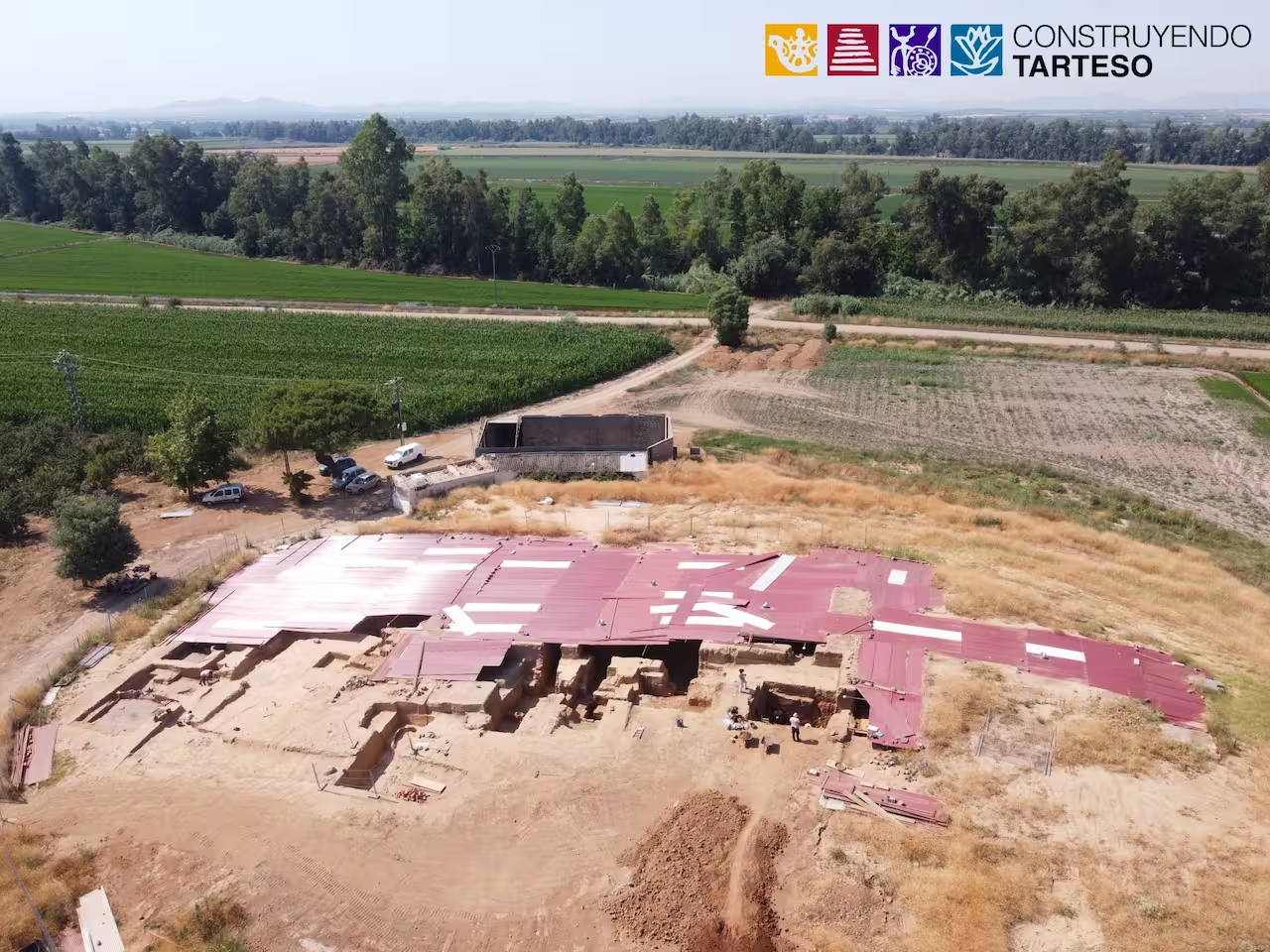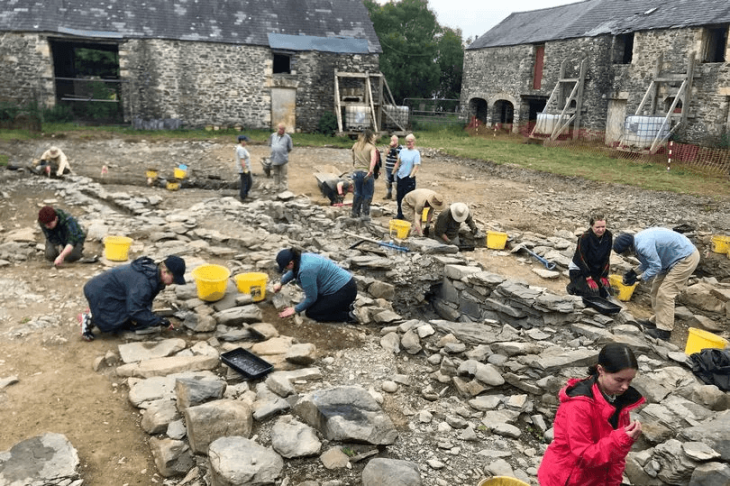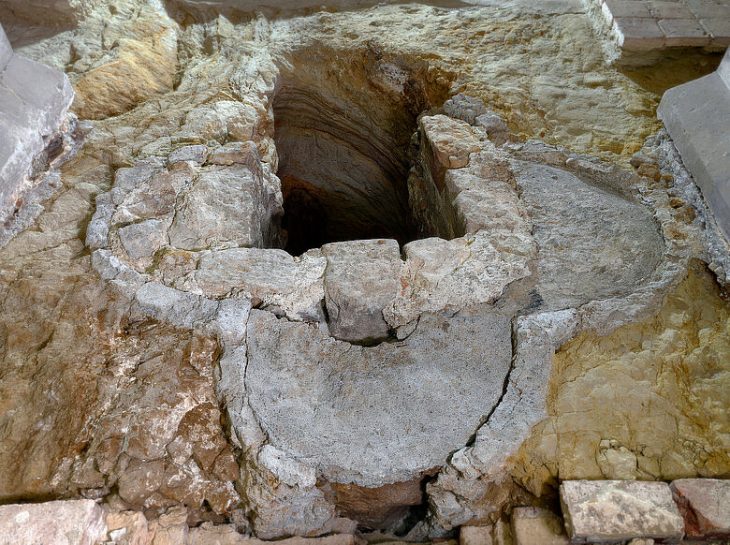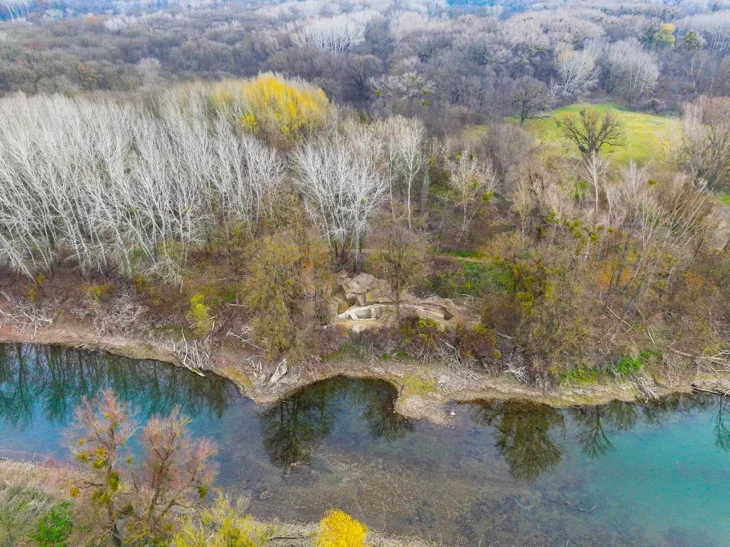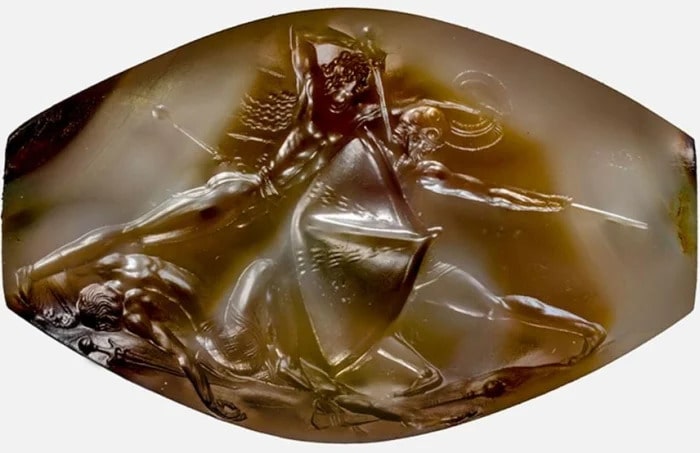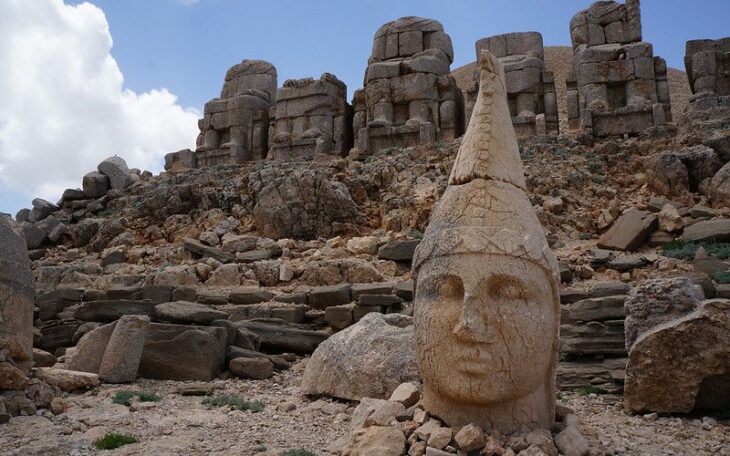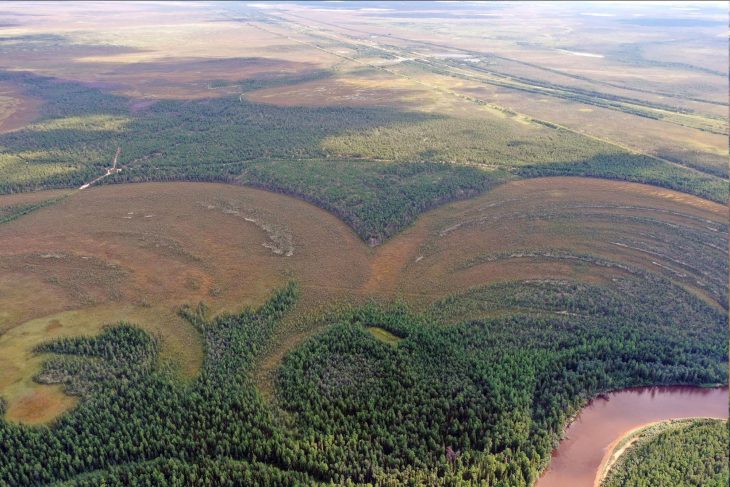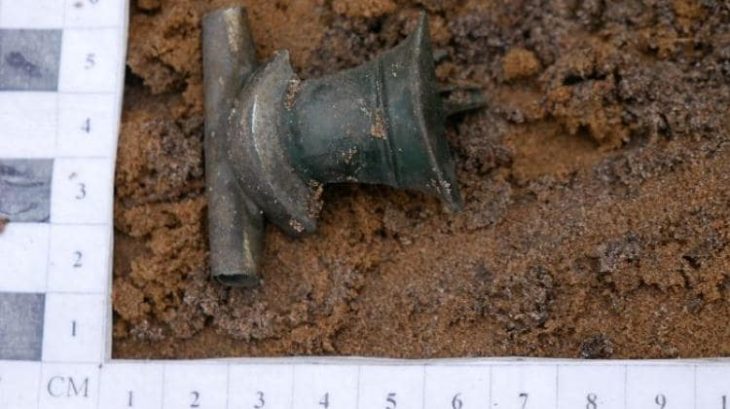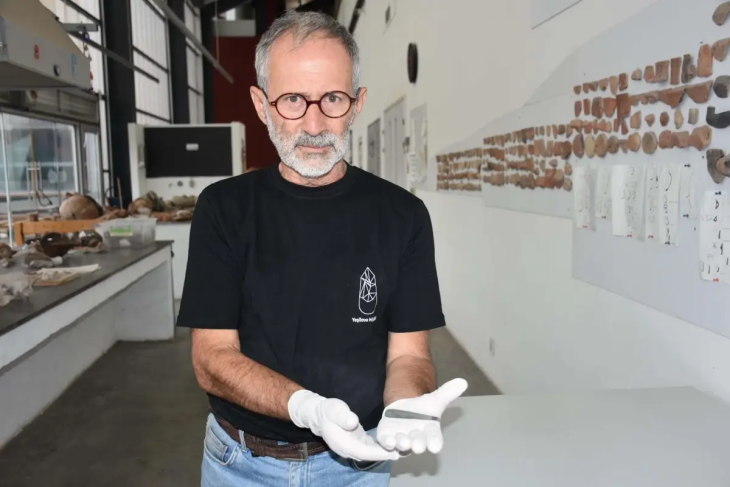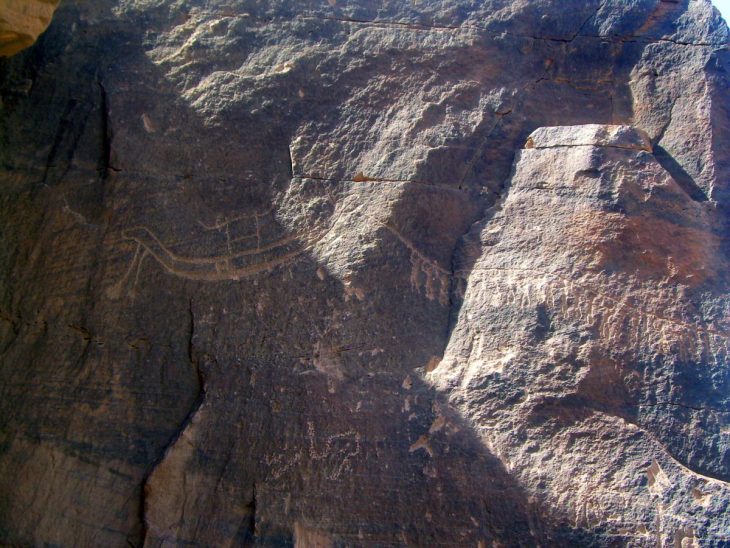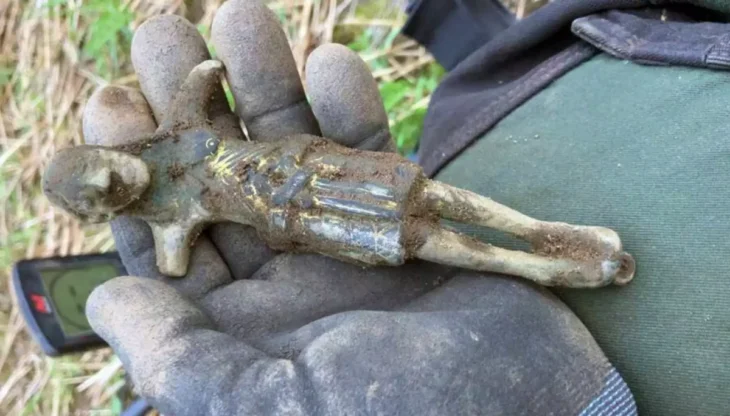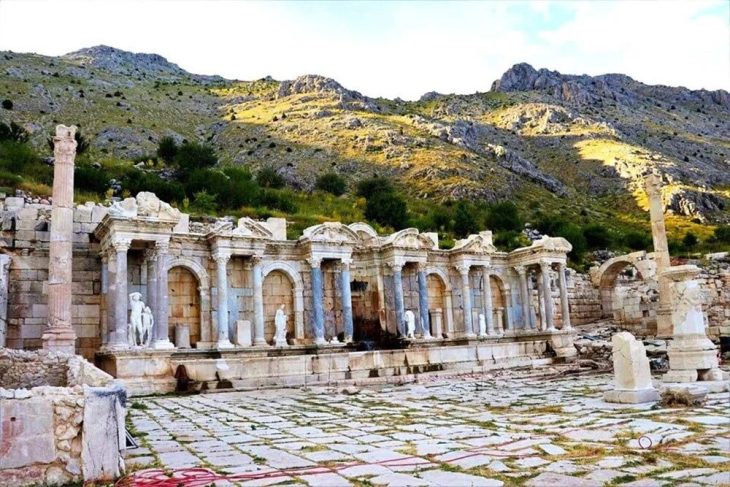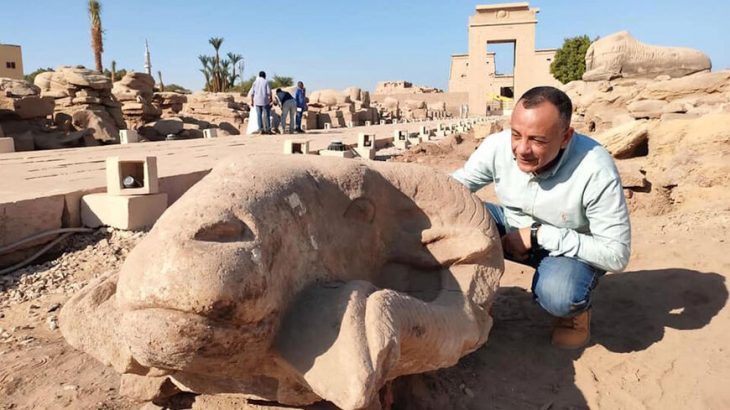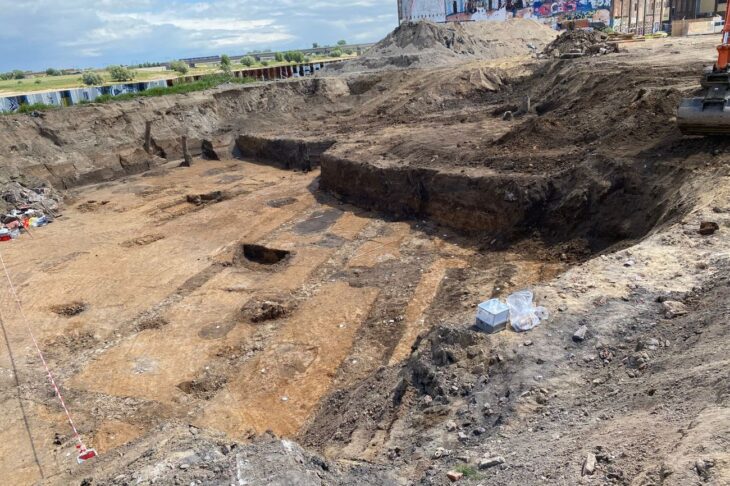The discovery of the Oldest Greek Marble Altar in the Western Mediterranean offers unprecedented insight into Tartessian culture and its connection to ancient Mediterranean civilizations.
Casas del Turuñuelo, a major Tartessian archaeological site in Spain’s Badajoz province, continues to astonish the academic world. In its latest excavation campaign, researchers from the Institute of Archaeology of Mérida (IAM, CSIC-Government of Extremadura) have discovered what is now considered the oldest Greek marble altar ever found in the western Mediterranean.
A Rare Marble Column with Greek Origins
At the heart of this groundbreaking discovery is a marble column altar, analyzed by expert Anna Gutiérrez from the Catalan Institute of Classical Archaeology (ICAC). The column, composed of a base and shaft, has been traced to the island of Marmara (ancient Proconnesus) in Asia Minor—part of the ancient Greek world. Dated to the 5th century BCE, the altar is unique in its material: Asian marble, a rarity in inland Iberia.
This makes it the only known Greek altar of its kind in the region, according to excavation leaders Esther Rodríguez González and Sebastián Celestino Pérez. Its ceremonial placement among luxury items like Attic ceramic cups and a bronze potter’s wheel reinforces the building’s ritualistic importance.
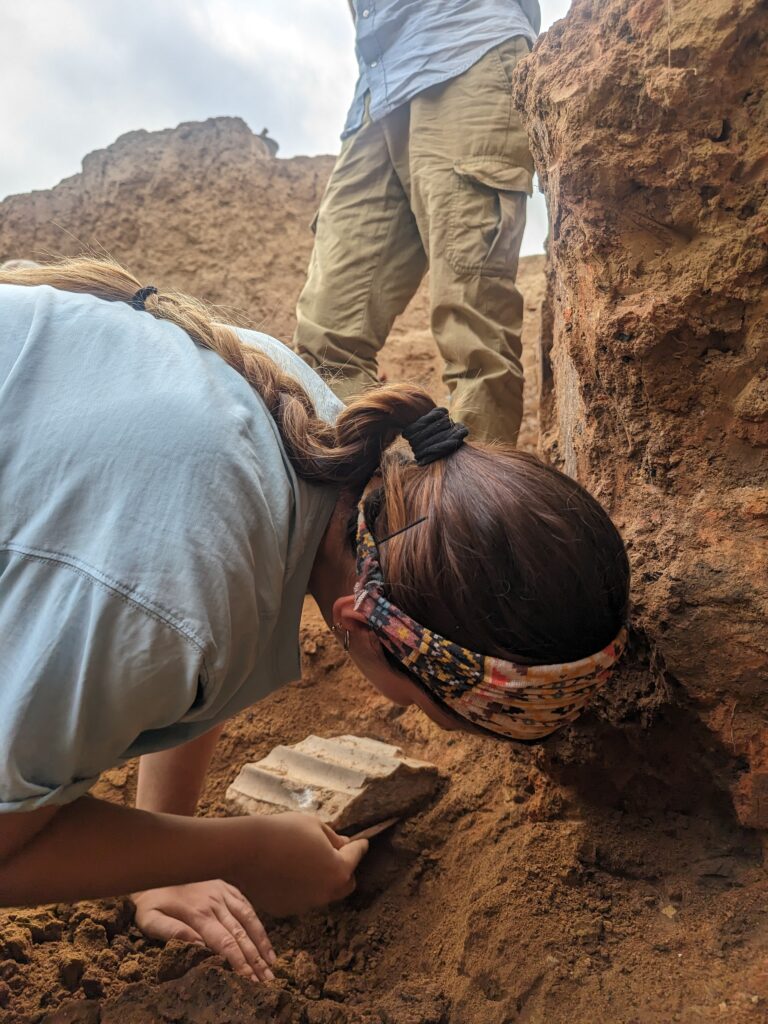
A New Chapter in Tartessian Archaeology
Located in the Vegas Altas region near the Guadiana River, Casas del Turuñuelo has emerged as a cultural and architectural marvel. Previous finds include Macedonian glass, Pentelic marble sculpture fragments, and one of the largest ritual animal sacrifices ever recorded in Western Europe.
📣 Our WhatsApp channel is now LIVE! Stay up-to-date with the latest news and updates, just click here to follow us on WhatsApp and never miss a thing!!
The discovery of this altar deep in the Iberian Peninsula, far from typical coastal trade routes, offers new insight into Tartessos‘ role in Mediterranean exchange networks. It challenges the traditional notion of Tartessos as a passive recipient of Greek and Phoenician culture—revealing instead a society of complexity, political power, and spiritual sophistication.
Advanced Engineering and Specialized Craftsmanship
In addition to the altar, the site’s seventh excavation campaign revealed six new rooms, including exterior areas dedicated to production and storage. Artifacts like kilns, loom weights, grain mills, and a rare bronze potter’s wheel highlight the site’s economic activities. A newly uncovered hydraulic system, nearly a meter high and constructed prior to the main building, points to advanced pre-Roman engineering skills.
Preservation and Research Potential
Thanks to exceptional preservation, Casas del Turuñuelo provides rare insight into Iron Age construction techniques, including the use of adobe in monumental architecture—a focus of the Construyendo Tarteso (Building Tartessos) research project funded by Spain’s Ministry of Science.
Supported by the Government of Extremadura, Badajoz Provincial Council, and the MAPFRE Foundation, the site has been a cornerstone of Tartessian studies for nearly a decade. Notable milestones include the 2017 discovery of a mass horse and oxen sacrifice, the 2023 revelation of human depictions in Tartessian art, and a 2024 slate plaque featuring what may be an early Paleohispanic alphabet.
The Spanish National Research Council (CSIC)
Cover Image Credit: General view of the Tartessian archaeological site of Casas del Turuñuelo in Badajoz, Spain. Construyendo Tarteso Project (IAM-CSIC).

